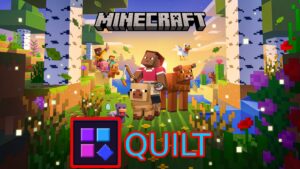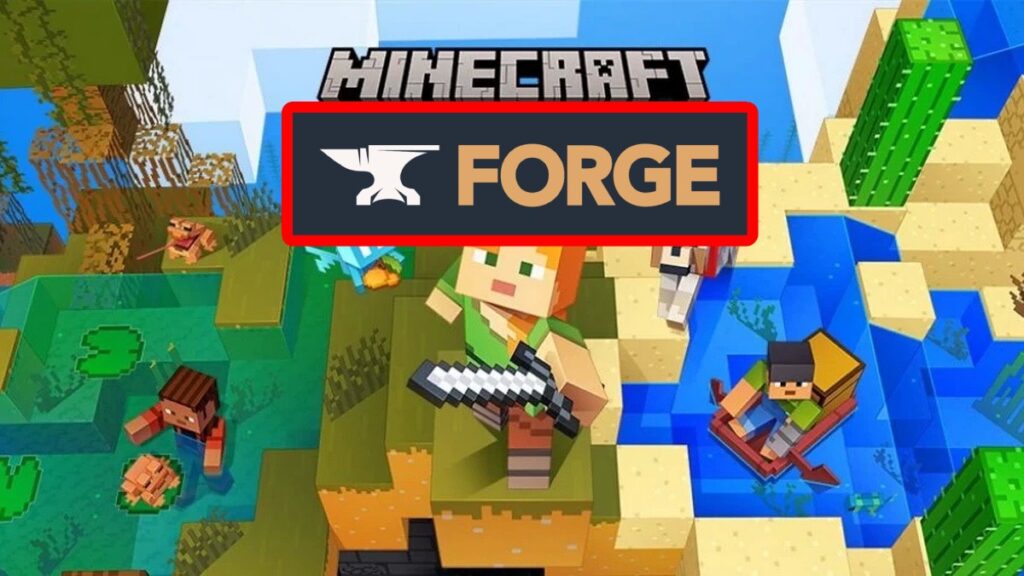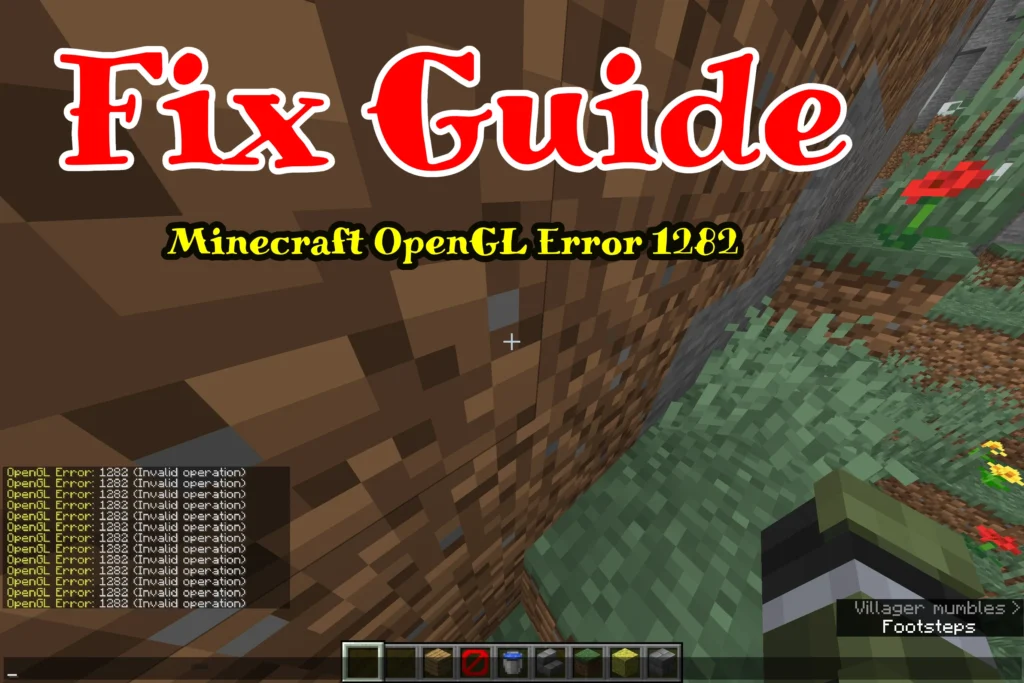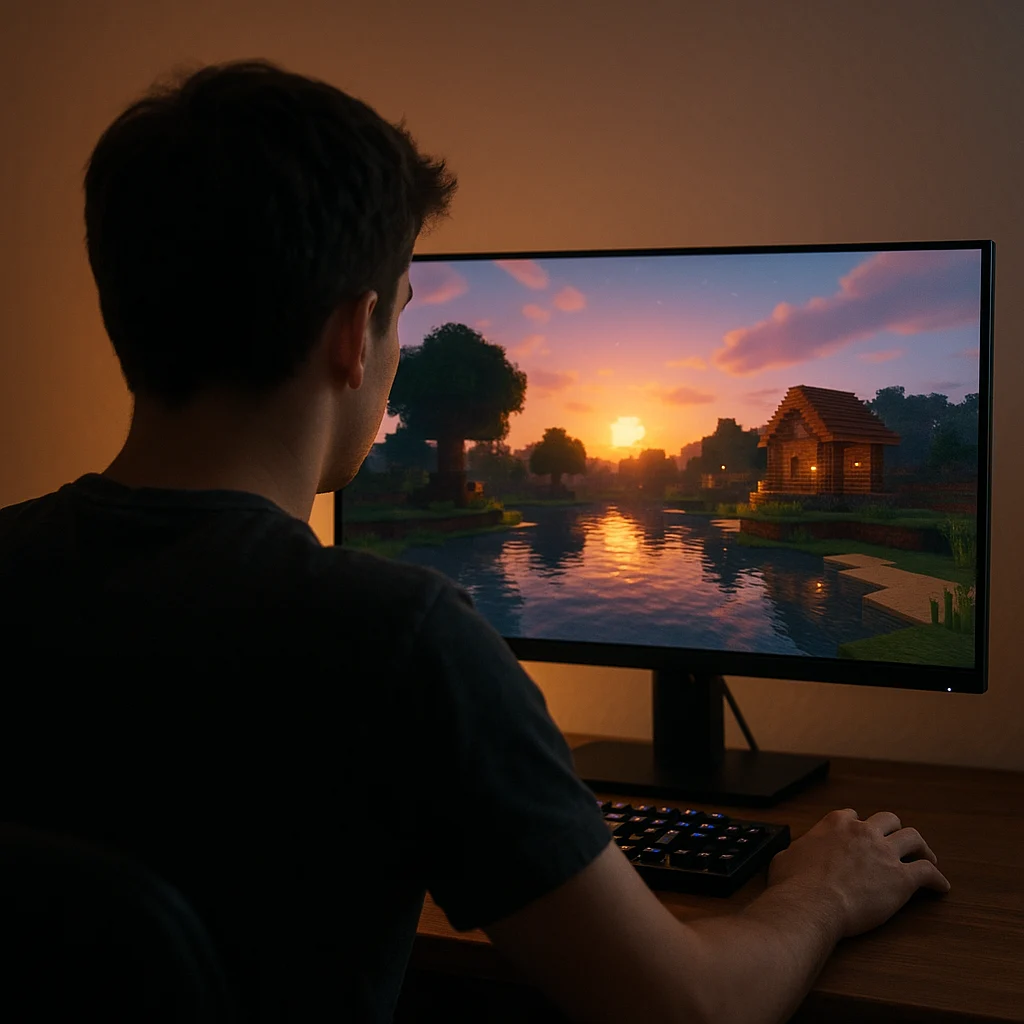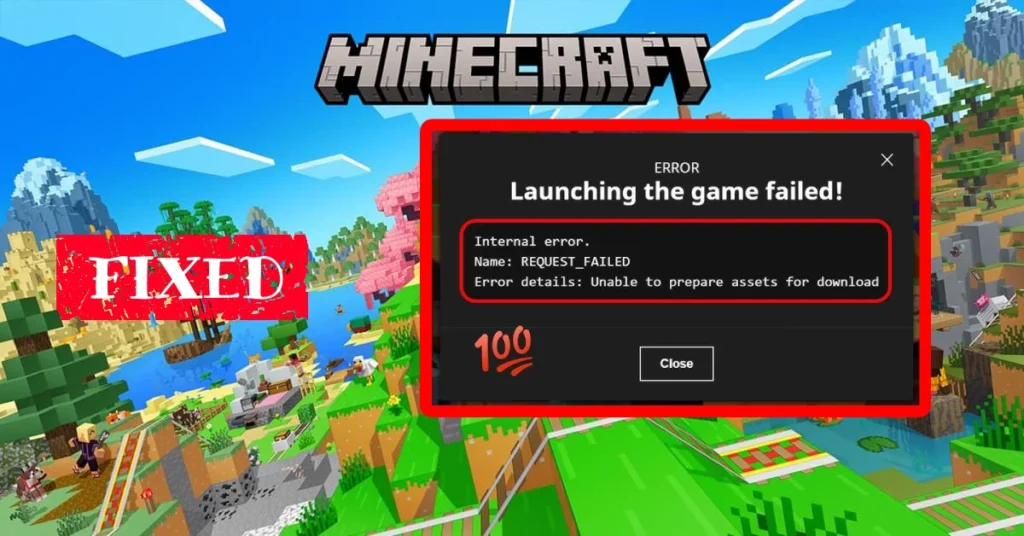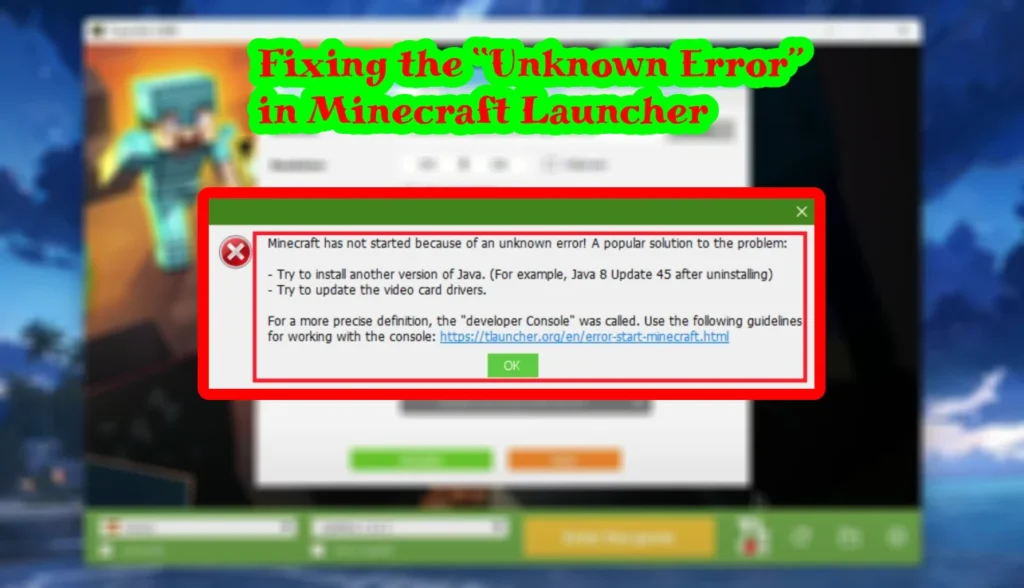Minecraft’s modding scene never stops evolving, with new tools and loaders appearing as the community grows. Quilt is a free, open-source mod loader for Minecraft: Java Edition, built as a fork of Fabric to provide modular libraries (QSL) and a more community-driven development model while staying compatible with most Fabric mods.
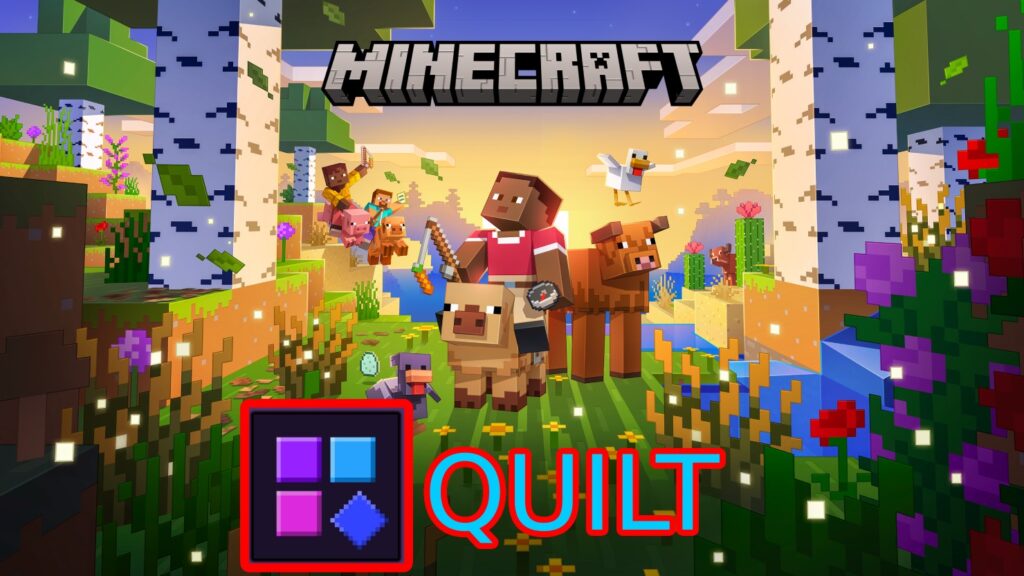
The Origins of Quilt
Quilt didn’t appear out of nowhere. It was born from the success and the debates around Fabric. Fabric had risen quickly as a lightweight alternative to Forge, beloved for its fast updates and performance mods like Sodium and Lithium. But as Fabric grew, some developers felt its decision-making was too centralized, and its API could be more modular.
That frustration gave birth to Quilt: a fork made by community members who wanted the same speed and lightness as Fabric, but with a more open, collaborative philosophy. In short, Quilt exists because part of the Fabric community wanted a fresh start under new rules.
QSL: The Quilt Standard Libraries
Every mod loader needs a shared library. Fabric has Fabric API; Quilt created QSL (Quilt Standard Libraries).
QSL provides the events, hooks, and registries that mods rely on. Unlike Fabric API, which is packaged as one large dependency, QSL is designed to be modular. Developers can use only what they need instead of loading the entire library.
For players, the difference is simple: just install QSL like you would install Fabric API. For developers, the shift matters more it’s a cleaner foundation for writing and maintaining mods.
Compatibility With Fabric
One of Quilt’s smartest moves was ensuring compatibility. Most Fabric mods run on Quilt with little or no issue, meaning players don’t lose access to their favorite mods.
In practice, this makes Quilt feel almost identical to Fabric for casual players. I installed Quilt Loader, added QSL, and then ran my usual set of Fabric mods: Sodium, Lithium, Iris Shaders, and Continuity without problems.
This compatibility is Quilt’s safety net: it doesn’t force players to abandon what works, while leaving space for Quilt-exclusive mods to grow in the future.
Quilt in the Modding Ecosystem
So where does Quilt sit among the other big names?
- Forge: The oldest, most established mod loader. Supports huge content mods and large modpacks.
- NeoForge: A fork of Forge, modernized with cleaner code and faster updates, but still building momentum.
- Fabric: Lightweight, fast to update, and ideal for performance and client-side mods.
- Quilt: A fork of Fabric with modular QSL libraries and community-driven governance.
Forge is the heavyweight; Fabric is the lightweight; NeoForge is Forge’s modern offshoot; Quilt is Fabric’s experimental, community-first sibling.
Why Quilt Matters ?
Even if it looks almost identical to Fabric today, Quilt matters for two reasons:
- Governance – It proves that modding communities can branch out when they want a different style of leadership.
- Experimentation – By building QSL as modular libraries, Quilt experiments with design choices that could influence the future of Minecraft modding.
It may not have the same mod count as Fabric or the legacy of Forge, but Quilt represents an alternative — a different way forward for developers who want openness and modularity.
Is Quilt Ready for Everyday Players?
Yes, with caveats. Quilt is stable enough for use, especially if you want to mix Fabric mods with a new loader. But because most mods still release first for Fabric, Quilt’s advantage today is more philosophical than practical.
That said, I found running Quilt just as smooth as Fabric. The mods I tested loaded fine, performance was stable, and installing QSL felt no different than installing Fabric API. For players, the gap is small; for developers, it could be significant.
Final Thoughts
Quilt is more than just “another mod loader.” It’s the result of community members branching off from Fabric to try a different vision — modular libraries, open governance, and a platform where developers feel more empowered.
For players, Quilt looks and feels like Fabric, with the bonus of compatibility. For the modding community, it’s proof that Minecraft’s ecosystem is still alive, still experimenting, and still reinventing itself.
In simple terms: Quilt is Fabric’s younger, more community-driven sibling stable enough to use today, and ambitious enough to shape the future of Minecraft modding.

